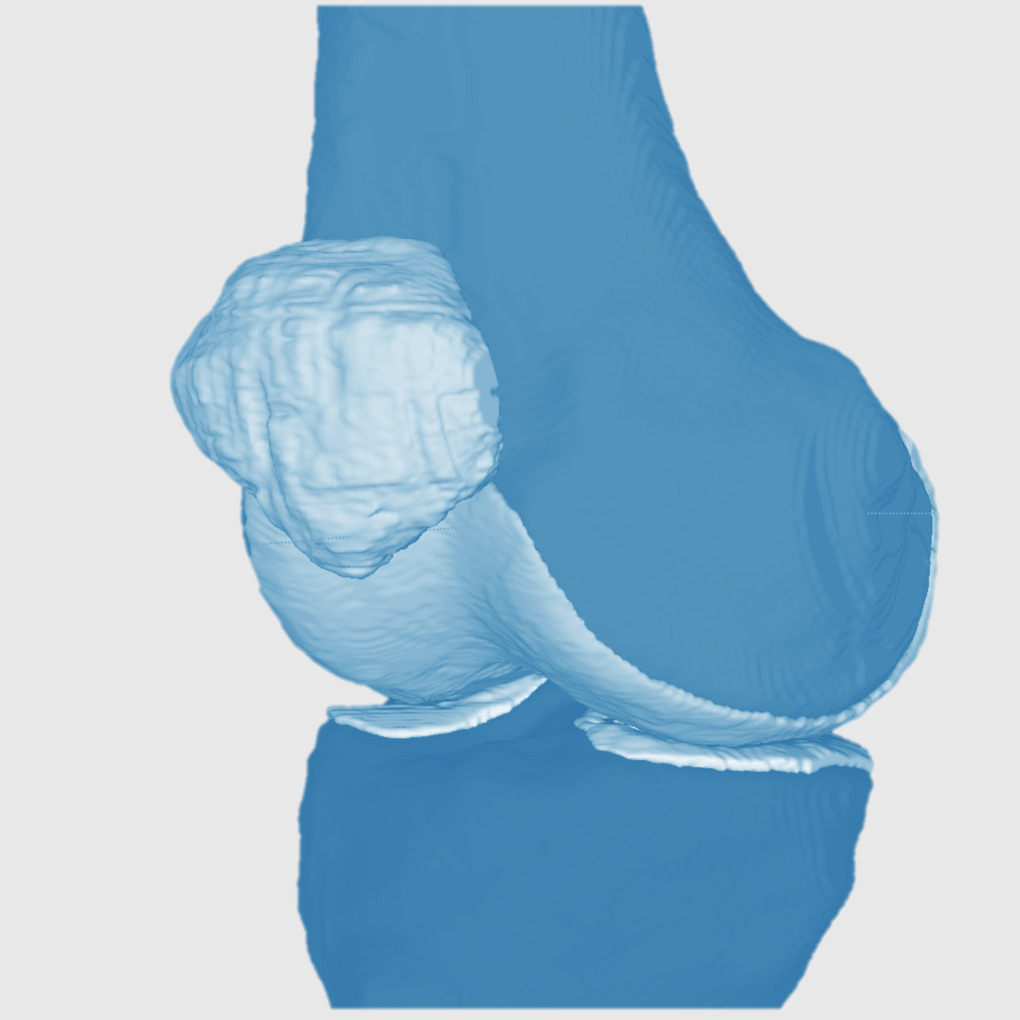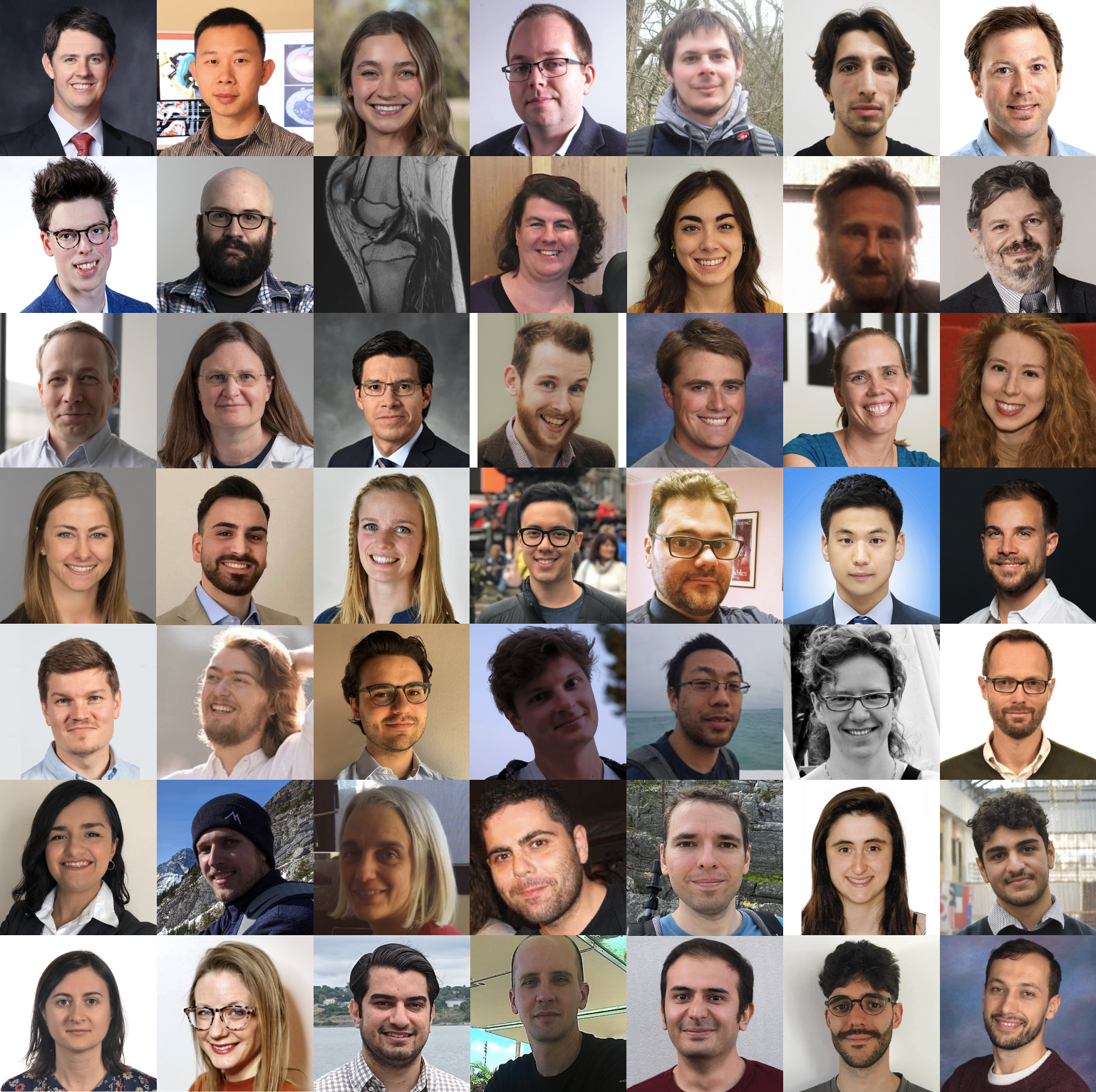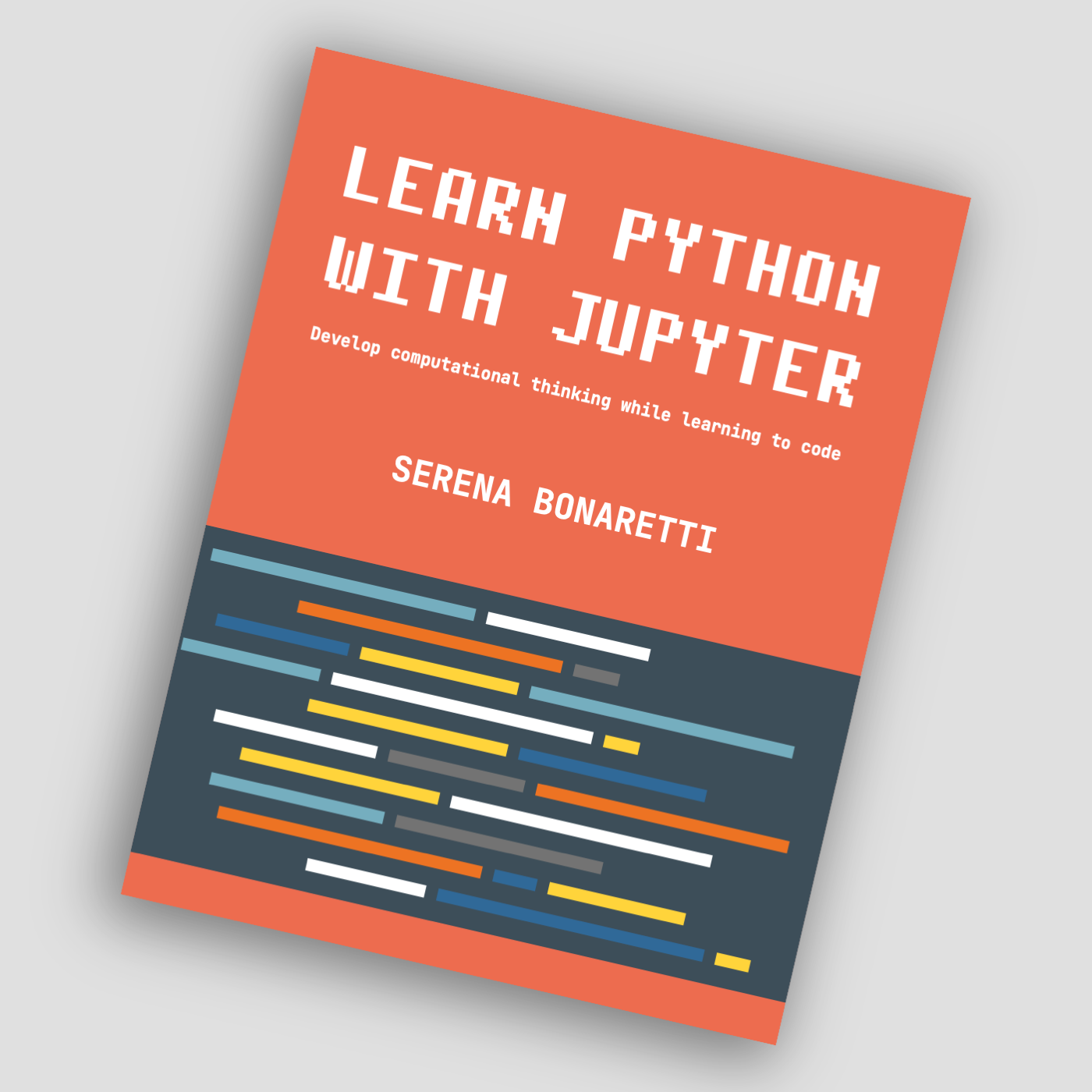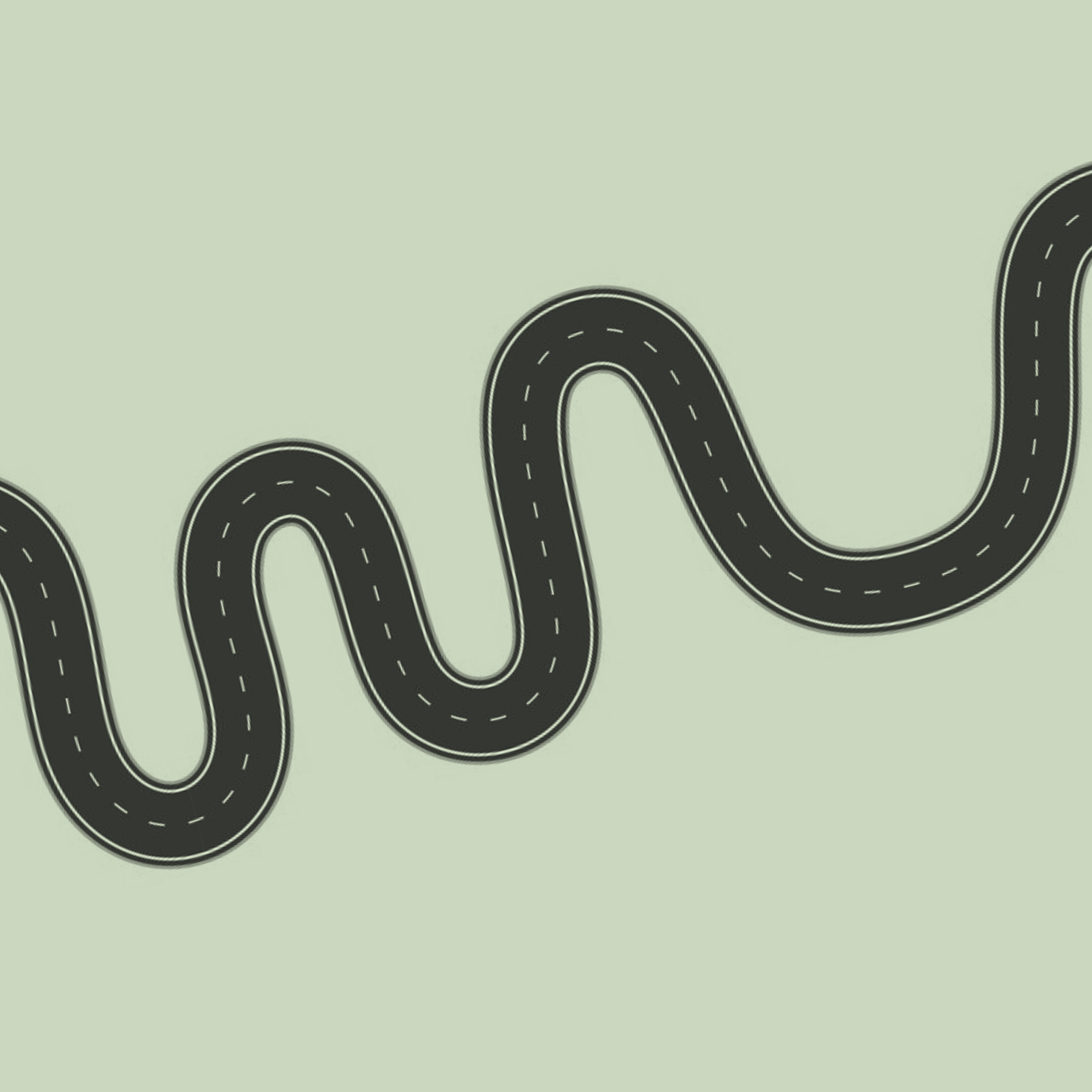Serena Bonaretti, PhD
Developing open and reproducible computational tools for standardizing, processing, and analyzing musculoskeletal (MSK) imaging data.
The long-term goal is to advance the understanding, diagnosis, and treatment of age-related MSK diseases in a collaborative, reliable, and efficient approach
Co-founder and coordinator of the ORMIR Community
Author of the book Learn Python with Jupyter: Develop Computational Thinking While Learning to Code
Received academic training at Stanford University, University of California San Francisco, University of Bern, and Politecnico di Milano



